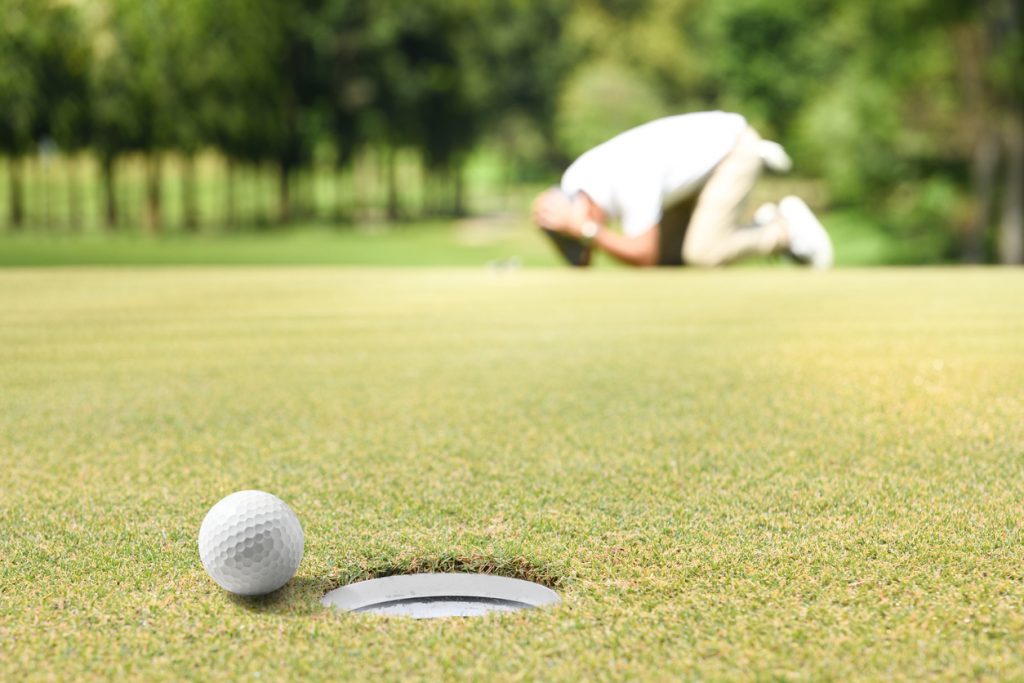Why is there still little consistency when it comes to green speed?
Related Articles
Do you set a main season target for daily green speed? Is this a routine play target and / or tournament target and how do you measure and monitor against this? Who sets the target? Why is it set, who checks it and is the system for measuring repeatable? Paul Woodham tackles some of these questions and considers why there is still very little consistency and understanding on the language of green speed.
Like so many articles which debate the hot topic of green speed, we must reflect on the merits of measuring green speed, how to do so accurately and interpret the results into meaningful information.
Why do we measure green speed?
Because the objective is to set appropriate and uniform pace which is authentic to the course design. The Stimpmeter is not a measure of quality or a tool for comparing golf courses but rather a method to measure consistency between greens and against a desired target.
How to measure
Select at least two areas (flat and repeatable sections of greens). Be accurate! One rotation of the golf ball covers 5.27 inches of green, so a mis-roll, bad roll or slope / wind affected roll will skew results. The effect of moderate slope can be accounted for by applying the Brede equation:
The influence of wind speed should be taken into account especially on exposed sites, but at this point in time there is no method to eliminate or calibrate the effect of wind other than to eliminate it through using wind tunnels / cloches.
Should we be taking the effect of wind speed out of the equation?
Yes, certainly for the accuracy of tournament monitoring and course set up. Although the golfer has to contend with wind, our maintenance practices deployed during course set up may need adjusting according to the Stimpmeter results. If the results are skewed by wind, then we won’t have a true assessment of conditions on which to base our decisions.
Wind can have a huge influence and setting green speeds too fast on surfaces with little friction can prove detrimental, especially if resulting in golf balls oscillating and moving if wind speed increases.
What should the target range be?
This really does depend on the requirements and course design. Each course will have an architectural speed limit influenced, amongst other characteristics, by factors such as slope, sward texture, surface firmness, size of green and so on. Bridging the architectural speed limit will limit the choice of pin locations.

Who should set the target?
This is an interesting point. Who does suggest and set the target? In my opinion green speed targets should be a club decision agreed by the course manager and committee / directors and a decision which is fully understood, with all the information and factors taken into account. If the course is hosting an outside event, the tournament director may have the final say but always after consulting with the club and tournament agronomist.
Targets should be achievable, flexible and fair. For instance, greens’ firmness values are naturally higher in years when there are prevailing dry and hot conditions like most of the UK experienced in 2018. That’s fine but green speeds may need to be reined in to compensate for the additional firmness of putting surfaces. The challenge needs to remain fair, especially for the club golfer and full consideration needs to be given to the pace of play.
An STRI poll surveyed 30 golf club managers from London and the home counties. The question was: ‘What is your main season daily green speed target?’
Half of the club managers said they were not aware of or did not have a target. Not only this, but not one of the 30 clubs asked stated green speed >11 feet. Is this because they recognise that >11 feet is not needed or greens which are too fast will generally cause playability problems and lead to slow play?
It makes one wonder who is setting targets >12 feet for general club golf play and why.
Green speed is an important measure of performance but not the sole performance characteristic and should be taken and interpreted along with firmness, smoothness, trueness and consistency to provide a full picture of performance.
When setting green speeds, consult widely and make the decision based upon course architecture, exposure to wind and slope and also the type and category of player, appreciating the diversity and ability of the membership as a whole.
Aim to achieve consistent speeds from one day to the next and look to be flexible in respect of prevailing weather conditions or other performance characteristics. When taking green speed measurements, be consistent and accurate.
Paul Woodham is the STRI’s general manager of agronomy

























